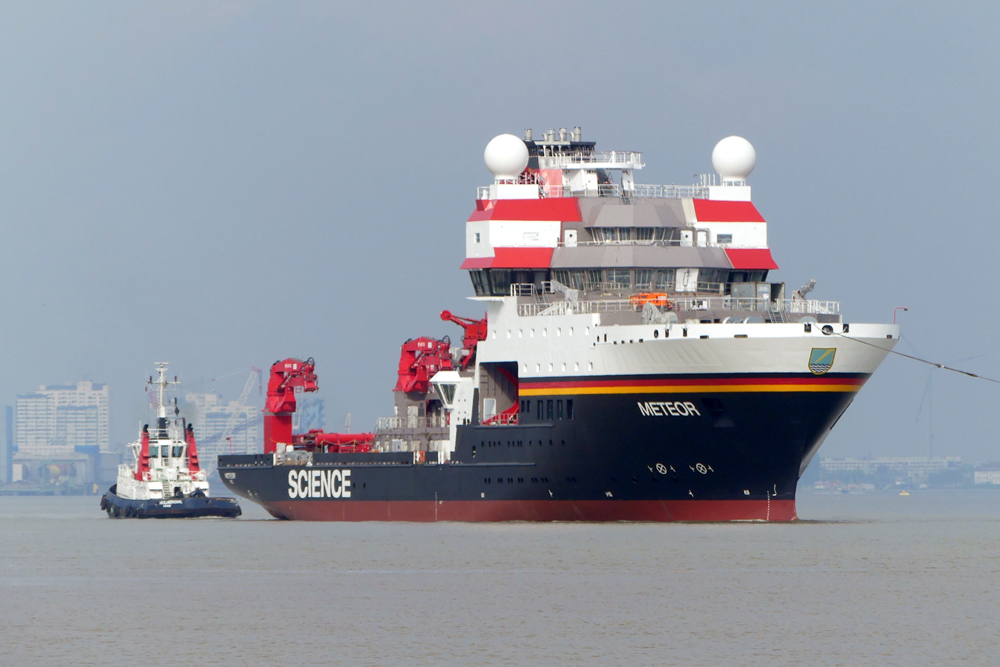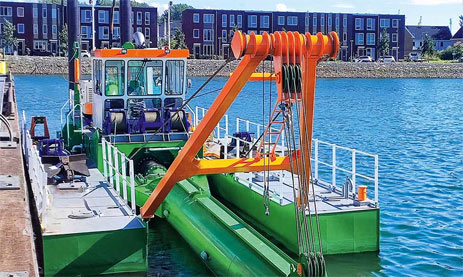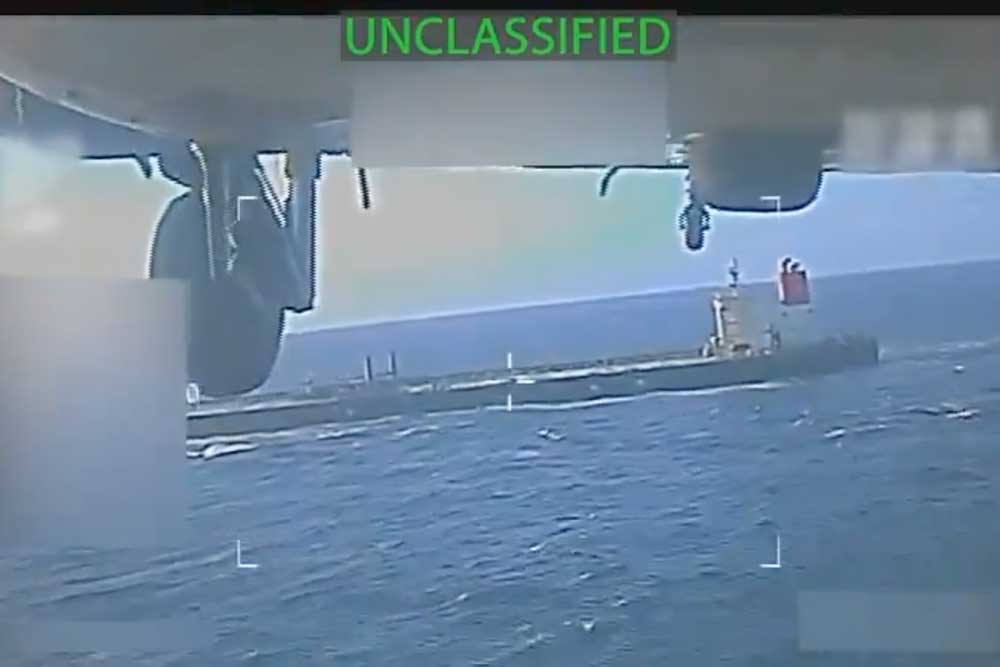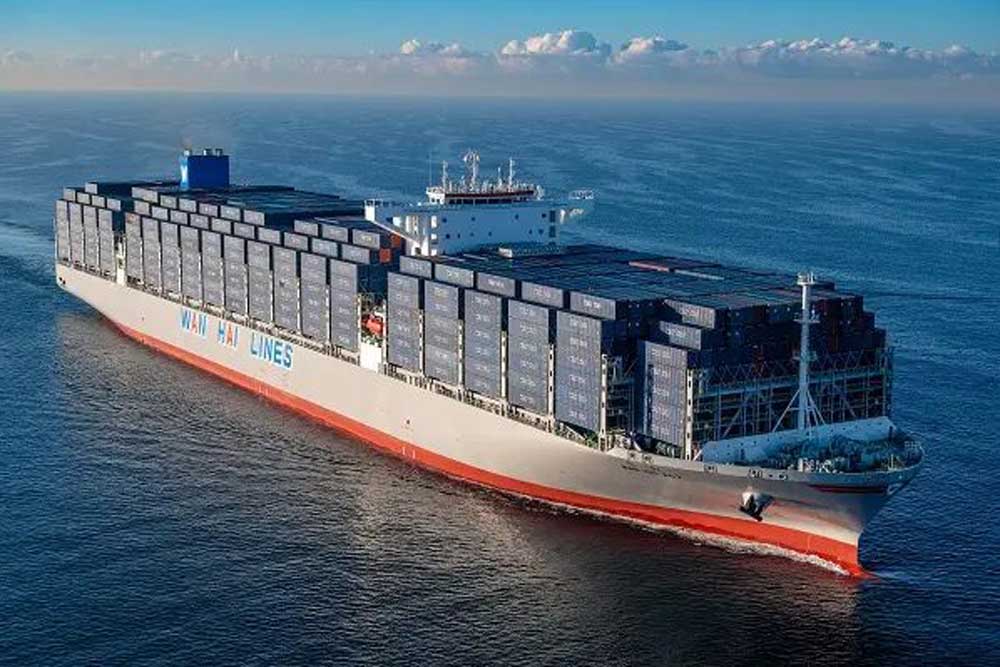The new German research vessel “Meteor IV” has water under its keel. From the Meyer Werft shipyard, it goes to the Fassmer shipyard in Berne for final outfitting.
Almost two years after the keel was laid and 100 years after the first German research vessel named “Meteor” set off from Wilhelmshaven on the first Atlantic expedition, the new flagship of German marine research has been undocked at Meyer Werft.
Over the Easter holidays, the “Meteor IV” was transferred to the partner shipyard Fassmer in Berne in the Wesermarsch region. Both shipbuilding companies had joined forces in a consortium for the order from the Federal Ministry of Research.
The new ship is to replace both the almost 40-year-old research vessel “Meteor” and the “Poseidon”, which has already been decommissioned. Apart from the disproportionately large red funnel, the ship’s design is very similar to the 116-metre-long deep-sea research vessel “Sonne”, which was delivered by Meyer Werft in 2014. The “Meteor” is 125 m long and has a tonnage of approx. 10,000 GT. It is due to be delivered in 2026.
The ship will offer space for up to 35 scientists and 36 nautical and technical crew members. The Atlantic will continue to be the main working area of the Kiel-based research vessel. It will be used for national and international marine research, particularly in the field of climate and environmental research.

“Meteor” gets special equipment
A central element of the ship’s equipment will be state-of-the-art research winches that can lower devices into the water to a depth of 12,000 meters. It should be possible to transmit high-resolution real-time data from the depths of the sea to the ship.
Following the official keel laying at the Neptun shipyard in Rostock, which belongs to the Meyer Group, the engine room module was transferred to Papenburg last summer. At the Meyer shipyard, the structural completion of the ship took place in the large covered building dock.
Positioning systems with maximum accuracy are essential for the “Meteor IV”, which is to remain in the Atlantic for up to 365 days a year and has a service life of 30 years. Two electrically driven eight-bladed Voith-Schneider propellers (so-called eVSPs) of type 32 X8/285 were therefore installed at the stern. There is also an inline thruster and a retractable rudder propeller at the bow.
The environmental advantage of the eVSP’s eight-bladed design is that underwater radiated noise (URN) is significantly reduced. Researchers report that noise pollution has almost doubled worldwide in recent years, partly due to engine, propulsion and hull noise.
The commissioning of the “Meteor IV” is planned for next year. It will be operated by Geomar, the Helmholtz Center for Ocean Research in Kiel. (CE)
Want to learn more about the propulsion system behind the new “Meteor IV”? Listen to the HANSA.newscast interview with Dr. Dirk Jürgens and Dr. Tobias Haack from Voith Turbo Marine in episode 55 on innovation in marine propulsion.














